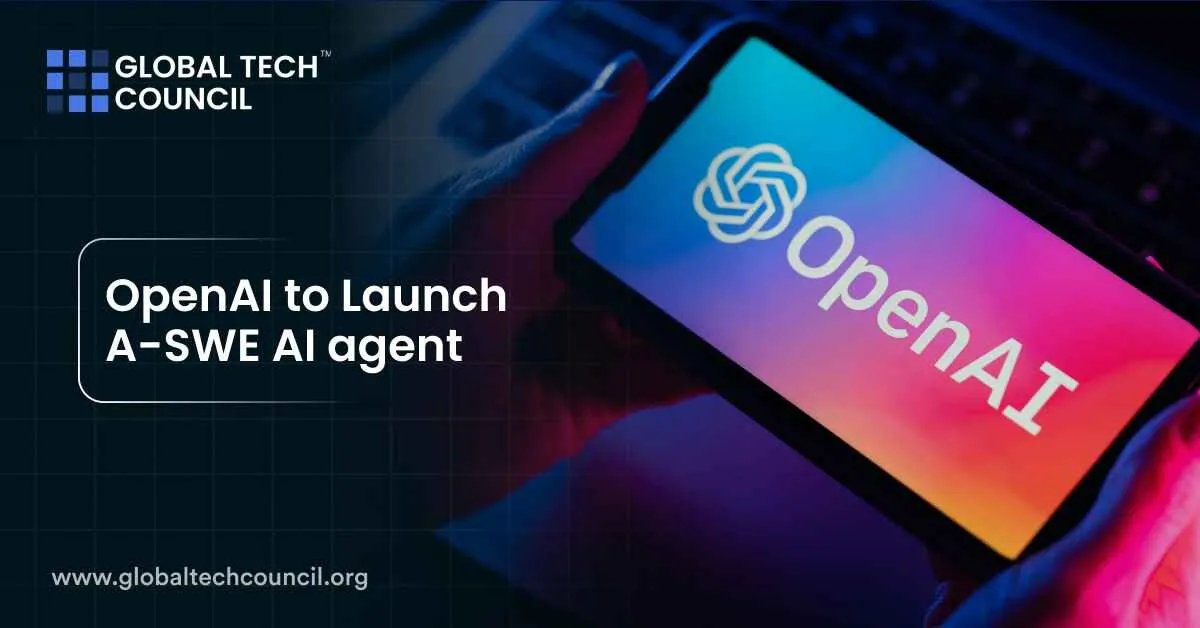
Unlike many existing AI tools that only assist developers with specific tasks, A-SWE is built to complete complex workflows with minimal human input. It does so by intelligently interpreting requirements, dividing them into tasks, writing and testing code, and generating the necessary documentation. With this, OpenAI aims to redefine productivity in software engineering.
What Is A-SWE?
A-SWE is OpenAI’s third major agentic AI system, after Operator and Deep Research. While those were built for task delegation and information synthesis respectively, A-SWE focuses entirely on the software development lifecycle. Its job is not to support engineers—it’s to act as one.
A-SWE is capable of:
- Understanding user prompts and converting them into clear software requirements
- Writing functional code based on context and goals
- Performing unit testing and code reviews
- Debugging logic or runtime errors in real-time
- Creating technical documentation such as READMEs or API references
- Packaging and deploying software
Its development signals a shift from traditional developer support tools to autonomous agents that can handle entire jobs end-to-end.
How A-SWE Works
A-SWE functions through a multi-agent architecture, meaning it is composed of multiple specialized sub-agents that communicate and collaborate to complete software engineering tasks.
These components work together as follows:
- Task Decomposition: A main orchestrator breaks down complex feature requests into smaller coding tasks.
- Module Executors: Individual agents take responsibility for writing code, running tests, and generating documentation.
- Tool Integration: A-SWE interacts with third-party tools like GitHub, Docker, VS Code, and Jira using APIs and plugins.
- Memory and Context Retention: It retains understanding of the current codebase and previously completed tasks.
- Autonomous Reasoning: It chooses the best course of action based on current goals, software best practices, and prior interactions.
This structure allows A-SWE to work more like a team of junior developers managed by a lead engineer—all powered by AI.
Benefits of A-SWE for Businesses and Developers
A-SWE offers multiple advantages for companies, startups, and individual developers who want to automate parts of their development pipeline.
- Increased Output: A-SWE can generate and test code faster than human teams, significantly accelerating project timelines.
- Reduced Labor Costs: It minimizes the need for large development teams for routine software tasks.
- Consistency: Automated testing and documentation ensure a high standard of quality throughout the codebase.
- Developer Support: Even experienced programmers can use A-SWE to automate repetitive coding tasks and focus on innovation.
Businesses that adopt A-SWE can offload a wide range of tasks while retaining full control of final code review and deployment.
Challenges and Limitations
As with any powerful AI, A-SWE comes with some challenges that businesses and developers must consider:
- Creative Problem Solving: While A-SWE handles standard logic well, complex algorithmic design or UI innovation may still need a human touch.
- Security Concerns: Automatically generated code could inadvertently include vulnerabilities or insecure patterns.
- Tool Compatibility: As software stacks evolve, A-SWE will need to keep up with integrations for frameworks, languages, and CI/CD tools.
- Workflow Integration: Organizations may need to adapt workflows to effectively collaborate with an autonomous AI agent.
Despite these limitations, A-SWE represents a major step forward in agentic AI development and its application in real-world workflows.
A-SWE Capabilities Overview
| Task | A-SWE Capability |
| Requirement Analysis | Yes |
| Code Generation | Yes |
| Testing and QA | Yes |
| Bug Fixing | Yes |
| Documentation Creation | Yes |
| Deployment Management | Yes |
| Creative Problem Solving | Limited |
| Tool Compatibility Maintenance | Ongoing Challenge |
A-SWE vs. Traditional Development Tools
| Feature | Traditional Tools | A-SWE |
| Manual Coding | Required | No |
| Automated Testing | Partial | Yes |
| Continuous Deployment | Manual Setup | Yes |
| Documentation | Manually Written | Yes |
| Human Oversight | High | Low |
Future Applications
The release of A-SWE could create new possibilities across industries:
- Startups could ship MVPs with minimal staff
- Enterprises could boost productivity and lower operational costs
- Educational Institutions could integrate A-SWE into coding labs to demonstrate modern AI workflows
- Open Source Projects could accelerate contribution cycles with automated pull requests, bug fixes, and testing
In the long run, A-SWE may even become a core part of how DevOps, agile workflows, and code versioning are managed.
Skills That Complement A-SWE
As A-SWE handles more of the heavy lifting in development, professionals can focus on higher-level architecture, design thinking, and AI collaboration strategies. Those interested in staying relevant in AI-driven tech stacks should consider a Data Science Certification to gain in-demand knowledge about AI agents and model-driven development.
For certifications in blockchain, cybersecurity, and other emerging technologies, visit Blockchain Council.
Final Thoughts
A-SWE marks a major milestone in OpenAI’s pursuit of building useful, autonomous agents. While still in early stages, its capabilities demonstrate how AI is evolving beyond content generation into action-oriented roles like coding and deployment. As businesses adopt agentic systems like A-SWE, understanding and collaborating with AI will become as important as traditional programming.
Early adopters who learn to leverage and manage AI agents like A-SWE will have a strategic advantage in the next wave of digital transformation.
Leave a Reply